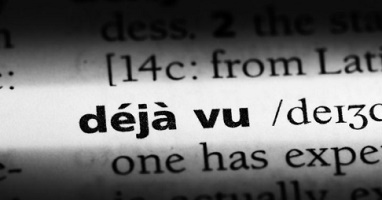What is a parallel circuit?
We explain what a parallel circuit is and the formulas it uses. In addition, some examples and what is a series circuit.
-
What is a parallel circuit?
When we talk about a parallel circuit or a parallel connection, we mean a connection of electrical devices (such as coils, generators, resistors, capacitors, etc.) placed in such a way that both the input terminals or terminals of each one, Like their output terminals, they match each other.
The parallel circuit is the model used in the electrical network of all homes , so that all loads have the same voltage . If we understand it using the metaphor of a water pipe, we would have two liquid tanks that are filled simultaneously from a common inlet, and emptied in the same way by a shared drain.
This type of circuit allows repair of any connection or device without affecting others, and also maintains the same exact voltage between all devices , although the more devices are more current, the electrical source must generate. In addition, the resistance obtained in this way is less than the sum of the resistors of the complete circuit: the more receivers, the less resistance.
The great advantage of parallel circuits is that: the independence of each station in the network, whose possible failure would not alter at all the potential difference at the ends of the circuit. This is its main difference in use with series circuits.
-
Formulas of a parallel circuit
The total values of a parallel circuit are obtained by simple addition. The formulas for this are the following:
- Intensity : It = I1 + I2 + I3… + In
- Resistors : 1 / RT = 1 / R1 + 1 / R2 + 1 / R3… + 1 / Rn
- Capacitors : Ct = C1 + C2 + C3 … + Cn
-
Example of parallel circuit

A perfect example of a parallel circuit is a lamp that has several bulbs lit at the same time. In the event that one of these bulbs melts and ceases to operate, the electric flow will not be interrupted towards the other bulbs, which will continue to glow. This is because each one has its own parallel power supply line .
The same goes for the electrical wiring of our houses: there is the reason that we can have a damaged plug and use the next one on the wall, or have a lamp cast in the room and be able to turn on the room, for example.
-
Series circuit

Unlike parallel circuits, designed to maintain the flow in the event of a device failure, series circuits have only one path for electricity to and from the source , so a failure in the transmission chain would lead to interruption. of the electric flow. Of course: at any point in the circuit the current will always be the same, but the resistance increases with each additional device connected to the circuit.




